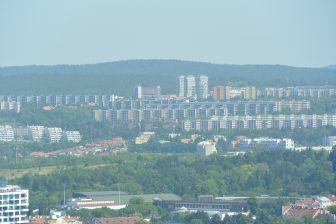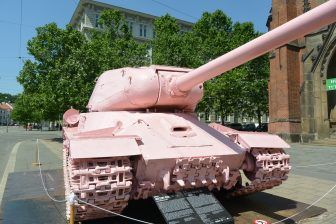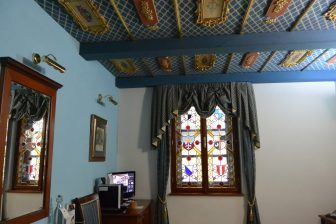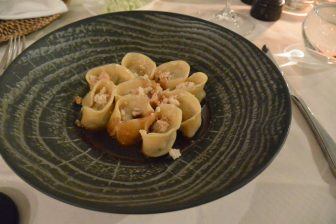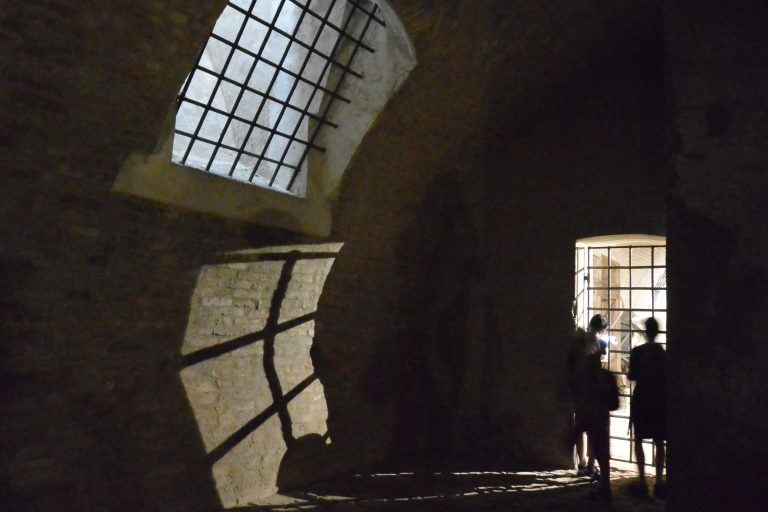
[ May 2017 ] The Spilberk Castle occupies the most notable position in the town of Brno in Moravia region of Czech Republic.
On the last day of our stay, we visited here first.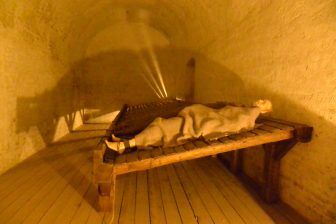
Our guide book says the opening time is 9 am, but in fact it was 10 am.
The following is something I learned from the leaflet of the castle.
This castle was built in the last half of the 13th century and it was flourished as the base of reign of the Luxembourg margraves who ruled whole Moravia, but after the 15th century it was used only as a fortress.
They constructed the strongest castle in Moravia here in 1742, which could contain as many as 1200 men and 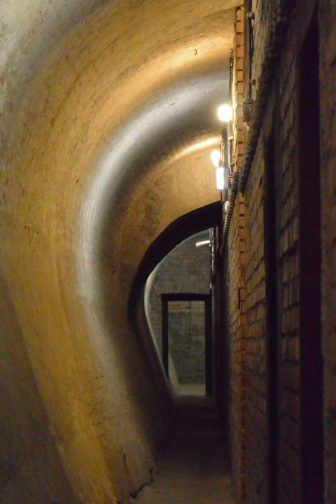
And in 1784, they started using this castle as a prison.
At that time, Brno was under the Austrian Empire and the emperor was Joseph Ⅱ.
Because it was the strongest fortress, it became famous as the toughest prison.
Not only usual criminals such as murderers, thieves and burglars, but also political prisoners against Austrian Empire were imprisoned.
One of them was Silvio Pellico, an Italian man of letters who lived from the end of 17th century to the mid 18th century.
He was arrested because he joined the revolutionary secret society called Carbonari, which aimed for the radical constitutional liberalism.
He was sentenced to death, but later commuted and confined in this Spilberg Castle for 9 years.
Later, he wrote a book about his experience during his time in the prison.
The book is called “Le Mie Prigioni” (My Prison) and it became well known, so much so that apparently it is used as a teaching material for the upper grades of primary school in Italy.
He described the life in prison in detail, for example, he talked about the human nature of the guards as well as about the fetters which had two kinds, one had a long chain so that the man could move around better and the other with the short chain which made the man got stuck.
Apparently many Italians come to Brno to see his cell, which explains why we heard Italian languages a lot in the town.
This prison was abolished in the middle of the 19th century once, but revived during the first and the second world wars.
It has been open to the public as the Brno City Museum since 1960.
After seeing the dark prison, we went up the tower of the castle, paying extra.
The view was even greater than from the tower of the Old Town Hall we went the day before, and we could see further out of the town.

